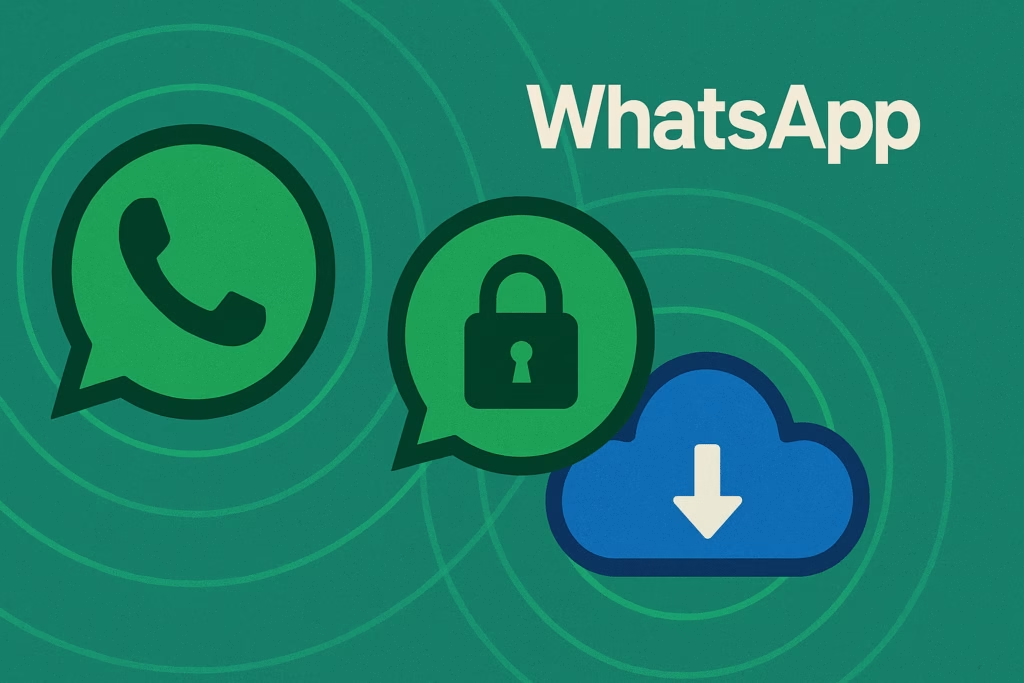
Social media platforms and mobile devices have become the primary battlegrounds for cybercriminals targeting unsuspecting users with sophisticated phishing attacks. With over 4.8 billion social media users worldwide and mobile devices accounting for more than 60% of internet traffic, these platforms present unprecedented opportunities for malicious actors to exploit human psychology and technical vulnerabilities.
The convergence of social media and mobile technology has created a perfect storm for phishing attacks. Unlike traditional email phishing, social media phishing leverages trusted relationships, real-time communication, and the always-connected nature of mobile devices to bypass traditional security measures and human skepticism.
The Evolution of Social Media Phishing Attacks
Social media phishing has evolved far beyond simple fake profiles and suspicious links. Modern attackers employ sophisticated tactics that exploit the inherent trust users place in their social networks and the convenience of mobile interactions.
Advanced Social Engineering Tactics
Cybercriminals now conduct extensive reconnaissance on social media platforms, gathering personal information to craft highly personalized attacks. They analyze friend lists, recent posts, location check-ins, and professional connections to create convincing phishing scenarios that appear legitimate to both the target and their contacts.
These attacks often involve social engineering techniques that manipulate human emotions and decision-making processes. Attackers create urgency, exploit curiosity, or leverage authority figures to prompt immediate action from victims.
Platform-Specific Vulnerabilities
Each social media platform presents unique vulnerabilities that attackers exploit:
- Facebook: Fake event invitations, malicious game applications, and compromised business pages
- Instagram: Fraudulent influencer partnerships, fake verification offers, and malicious story links
- LinkedIn: Professional impersonation, fake job offers, and business proposal scams
- Twitter: Trending hashtag manipulation, fake news propagation, and celebrity impersonation
- TikTok: Malicious challenge participation and fake brand collaboration offers
Mobile Phishing: The New Frontier
Mobile phishing attacks have increased by 85% year-over-year, according to recent cybersecurity reports. The mobile environment presents unique challenges that make users more vulnerable to phishing attempts.
Mobile-Specific Attack Vectors
Mobile devices create additional attack surfaces that cybercriminals actively exploit:
- SMS and MMS phishing (Smishing): Fraudulent text messages containing malicious links or requesting sensitive information
- App-based phishing: Malicious applications that mimic legitimate services
- QR code phishing: Malicious QR codes that redirect to phishing sites
- Voice phishing (Vishing): Phone calls that trick users into revealing credentials
- Mobile browser vulnerabilities: Exploiting mobile browser limitations and display constraints
Why Mobile Users Are More Vulnerable
Several factors contribute to increased mobile phishing susceptibility:
- Smaller screen sizes make it difficult to verify URLs and sender authenticity
- Touch interfaces can lead to accidental clicks on malicious links
- Constant connectivity creates pressure for immediate responses
- Mobile users often multitask, reducing attention to security indicators
- App-based communications bypass traditional email security filters
WhatsApp Phishing: A Growing Threat
WhatsApp phishing represents one of the most significant mobile messaging threats, with over 2 billion users worldwide making it an attractive target for cybercriminals. The platform’s end-to-end encryption and trusted communication environment create a false sense of security that attackers exploit.
Common WhatsApp Phishing Schemes
WhatsApp phishing attacks typically follow several patterns:
- Account takeover attempts: Messages requesting verification codes or login credentials
- Fake customer support: Impersonation of WhatsApp support requesting account information
- Prize and lottery scams: False notifications about winning contests or lotteries
- Business impersonation: Fake messages from banks, delivery services, or popular brands
- Friend-in-need scams: Compromised accounts requesting money or personal information
WhatsApp Business Exploitation
Attackers increasingly target WhatsApp Business users, exploiting the platform’s business verification features to appear legitimate. They create fake business profiles mimicking established companies to distribute malicious links, request payment information, or harvest customer data.
Identifying Social Media and Mobile Phishing Attacks
Recognition is the first line of defense against social media and mobile phishing attacks. Users must develop the ability to identify suspicious communications across multiple platforms and devices.
Red Flags in Social Media Communications
Watch for these warning signs in social media interactions:
- Urgent requests for personal information or immediate action
- Unusual posting patterns or language from known contacts
- Suspicious links with shortened URLs or unfamiliar domains
- Requests for verification codes or login credentials
- Unexpected prize notifications or financial opportunities
- Poor grammar, spelling, or formatting in professional communications
Mobile-Specific Warning Signs
Mobile phishing attacks often exhibit distinct characteristics:
- Spoofed sender information: Messages appearing to come from legitimate organizations
- Pressure tactics: Creating artificial urgency to prompt immediate action
- Suspicious attachments: Unexpected files or applications
- Inconsistent branding: Logos, colors, or formatting that don’t match official communications
- Generic greetings: Lack of personalization in supposedly official messages
Comprehensive Protection Strategies
Effective protection against social media and mobile phishing requires a multi-layered approach combining technical solutions, user education, and organizational policies.
Technical Security Measures
Implement these technical safeguards to reduce phishing risk:
- Multi-factor authentication: Enable 2FA on all social media accounts and mobile applications
- Regular software updates: Keep operating systems, browsers, and applications current
- Security software: Install reputable antivirus and anti-malware solutions
- Network security: Use VPNs on public Wi-Fi and avoid unsecured connections
- App permissions: Review and limit application access to personal information
User Education and Awareness
Human factors remain the most critical element in phishing prevention. Organizations and individuals must prioritize ongoing education about emerging threats and best practices.
Advanced phishing protection solutions like PhishDef provide comprehensive training programs that simulate real-world attack scenarios across social media and mobile platforms. These solutions help users recognize sophisticated phishing attempts and respond appropriately.
Incident Response and Recovery
Despite preventive measures, phishing attacks may still succeed. Having a clear incident response plan minimizes damage and facilitates quick recovery.
Immediate Response Steps
If you suspect a successful phishing attack:
- Disconnect from the internet: Prevent further data transmission
- Change passwords: Update credentials for affected accounts immediately
- Document the incident: Capture screenshots and preserve evidence
- Report to platforms: Notify social media platforms and relevant authorities
- Monitor accounts: Watch for suspicious activity across all connected services
- Scan devices: Run comprehensive security scans on affected devices
Long-term Recovery Measures
Complete recovery requires ongoing vigilance and systematic security improvements:
- Review and update privacy settings across all platforms
- Implement additional security measures based on lessons learned
- Educate contacts about potential compromise and ongoing risks
- Consider professional security assessments for business accounts
- Establish regular security audits and updates
Future Trends and Emerging Threats
The landscape of social media and mobile phishing continues to evolve rapidly. Emerging technologies and changing user behaviors create new opportunities for cybercriminals while also offering improved defense mechanisms.
Artificial Intelligence and Machine Learning
Attackers increasingly leverage AI to create more convincing phishing content, including deepfake videos, automated social engineering, and personalized attack campaigns. However, these same technologies power advanced detection systems that can identify and block sophisticated phishing attempts.
Emerging Platform Risks
New social media platforms and communication methods introduce fresh vulnerabilities. The rise of audio-based social networks, augmented reality interactions, and blockchain-based communications creates additional attack vectors that require updated security approaches.
Key Takeaways for Enhanced Protection
Protecting against social media and mobile phishing requires constant vigilance and adaptation to emerging threats. The integration of trusted platforms with mobile convenience creates unique vulnerabilities that traditional security measures may not address adequately.
Success depends on combining technical security measures with comprehensive user education and robust incident response capabilities. Organizations must recognize that social media and mobile phishing represent significant business risks that require dedicated resources and ongoing attention.
Regular security assessments, employee training programs, and updated policies ensure that protection measures remain effective against evolving threats. The human element remains crucial, as even the most sophisticated technical solutions cannot prevent attacks that successfully manipulate user behavior.
As phishing attacks become more sophisticated and targeted, investing in comprehensive protection solutions becomes essential. PhishDef offers advanced protection against social media and mobile phishing threats, combining real-time detection, user education, and incident response capabilities to safeguard organizations and individuals from these evolving cyber threats. Explore PhishDef’s comprehensive phishing protection solutions to strengthen your defenses against social media and mobile phishing attacks.


